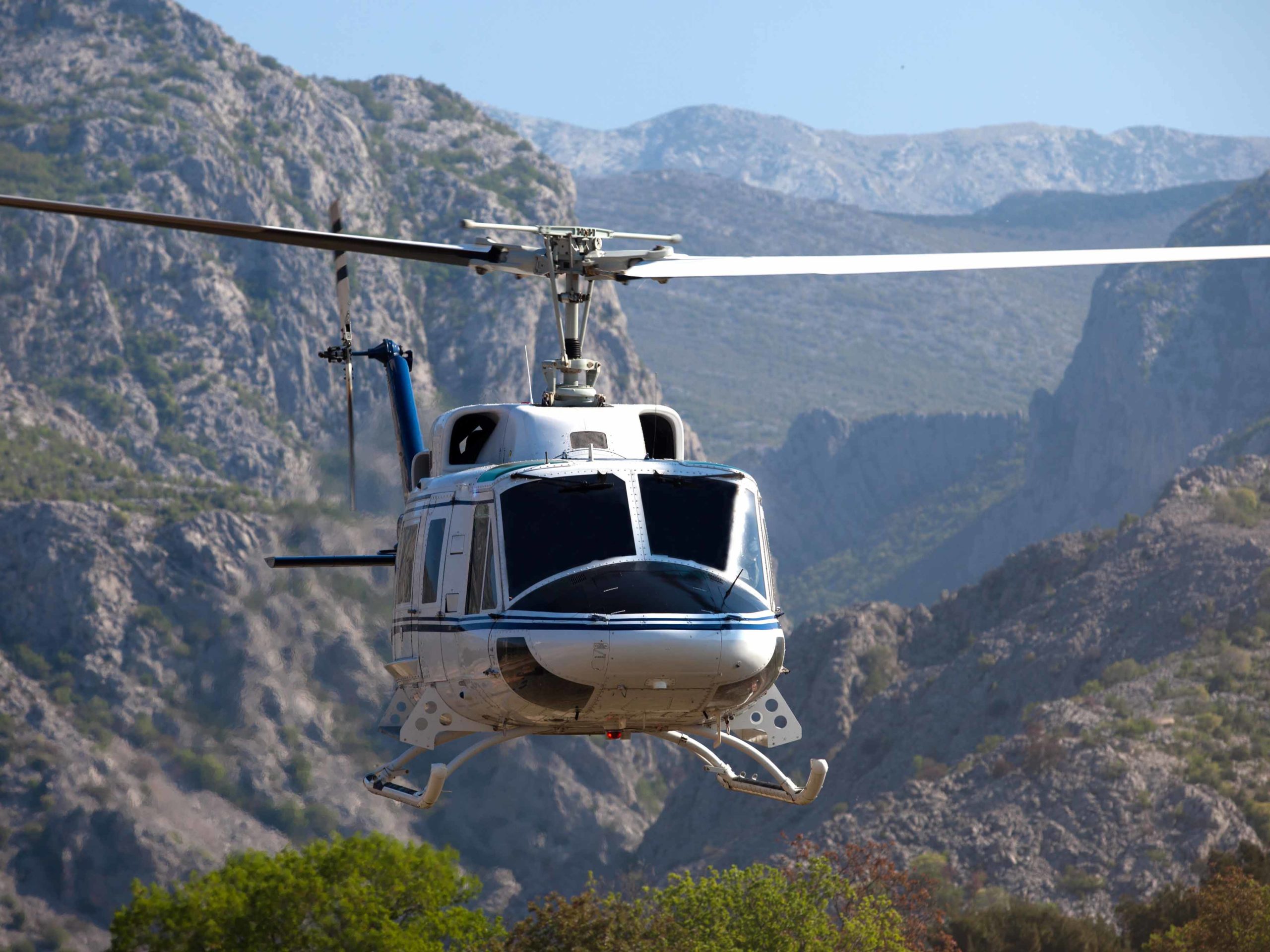9 Simple Techniques For Helicopter Replacement Parts
The Single Strategy To Use For Helicopter Replacement Parts
Table of ContentsThe Best Strategy To Use For Helicopter Replacement PartsThe Basic Principles Of Helicopter Replacement Parts Indicators on Helicopter Replacement Parts You Should KnowThe Best Guide To Helicopter Replacement Parts

With this joint, when one blade flaps up, the other flaps down. Flapping is triggered by a sensation referred to as dissymmetry of lift. As the plane of rotation of the rotor blades is tilted as well as the helicopter starts to move on, a progressing blade and a retreating blade ended up being established (on two-bladed systems).
This triggers higher lift to be established on the progressing blade, triggering it to increase up or flap. When blade rotation reaches the point where the blade becomes the retreating blade, the extra lift is lost and the blade flaps downward. [Figure 5] Totally verbalized blades blade systems give joints that permit the blades to relocate fore as well as aft, as well as up as well as down.
When initially beginning to rotate, the blades lag until centrifugal force is completely established. Once turning, a reduction in speed causes the blades to lead the major rotor hub till forces enter equilibrium. Continuous fluctuations in rotor blade rates trigger the blades to "hunt." They are totally free to do so in a fully articulating system as a result of being installed on the vertical drag joint.
Helicopter Replacement Parts - Questions
Toward that end, the use of elastomeric bearings in main rotor systems is boosting. They additionally do not require normal lubrication, which minimizes upkeep.
These are centers as well as center components that are constructed of advanced composite materials. They are developed to use up the forces of blade hunting and dissymmetry of lift by bending. Thus, many joints and also bearings can be gotten rid of from the custom main blades system. The result is a simpler rotor mast with reduced upkeep due to fewer moving parts.
Normally, helicopters have in between two and 7 major rotor blades. These rotors are generally made of a composite structure. The large rotating mass of the major rotor blades of a helicopter produce torque.
[Figure 8] Controlled with foot pedals, the countertorque of the tail rotor have to be regulated as engine power levels are altered. This is done by transforming the pitch of the tail rotor blades. This, in turn, changes the quantity of countertorque, as well as the aircraft can be turned regarding its upright axis, allowing the pilot to control the instructions the helicopter is dealing with.
Helicopter Replacement Parts Fundamentals Explained

This low pressure causes a force counter to the torque produced by the major rotor. Furthermore, the remainder of the air from the fan is sent out with the tail boom to a vent on the aft left side of the boom where it is expelled. This activity to the left creates an opposite response to the right, which is the instructions required to counter the check it out main blades torque.
It can be moved in any instructions to turn the aircraft of turning of the rotor blades. This causes the helicopter to relocate in the instructions that the cyclic is relocated. As mentioned, the foot pedals manage the pitch of the tail rotor blades therefore stabilizing main rotor torque. Figures 11 and 12 show the controls discovered in a Bonuses normal helicopter.

Several rotor designs and setups have been executed with time. Solitary primary blades helicopters are the most common kind of helicopter They require an anti-torque tool (tail rotor or other anti-torque system) to counteract the turning energy created by the major rotor, which is powered by several engine(s).
Helicopter Replacement Parts for Beginners
The most common anti-torque device is a tail rotor, which is designed to compensate the torque produced by the primary blades. EC25 single main rotor helicopter A tandem rotor helicopter has two primary blades systems as well try this as no tail rotor. Typically the back rotor is mounted at a greater placement than the front blades, and also the two are created to avoid the blades clashing, must they bend right into the other rotor's pathway.
The design of the drive and control system are much more complicated than the among a single major rotor helicopter (helicopter replacement parts). Ch47 Chinook helicopter with tandem blades Coaxial rotors are two primary rotors installed on one mast, sharing the very same axis of turning but turning in opposite directions, one on top of the other.
The helicopter will certainly yaw to the left if the clock wise revolving rotor generates even more lift, and it will certainly yaw to the right if more lift is produced by the counter-clock smart turning blades. The drag created by the rotors is fairly large due to the interference of air movements, so these helicopters do not typically have a high cruising rate.